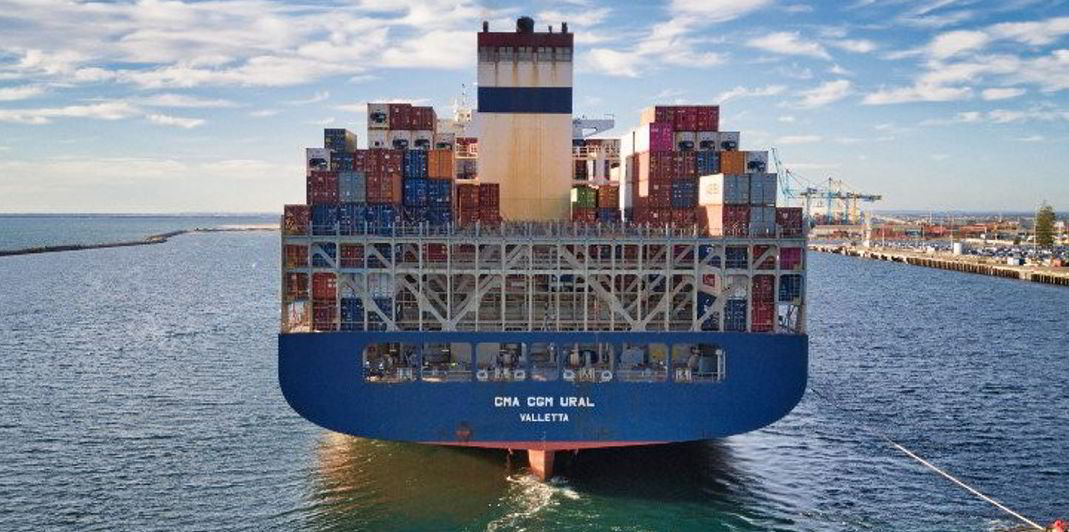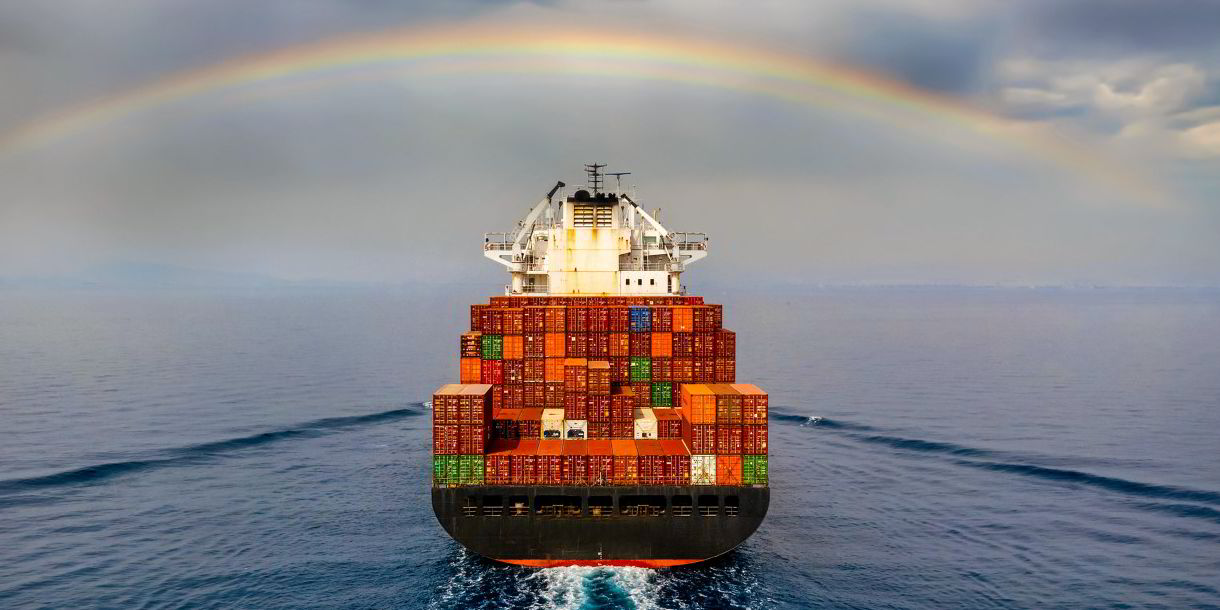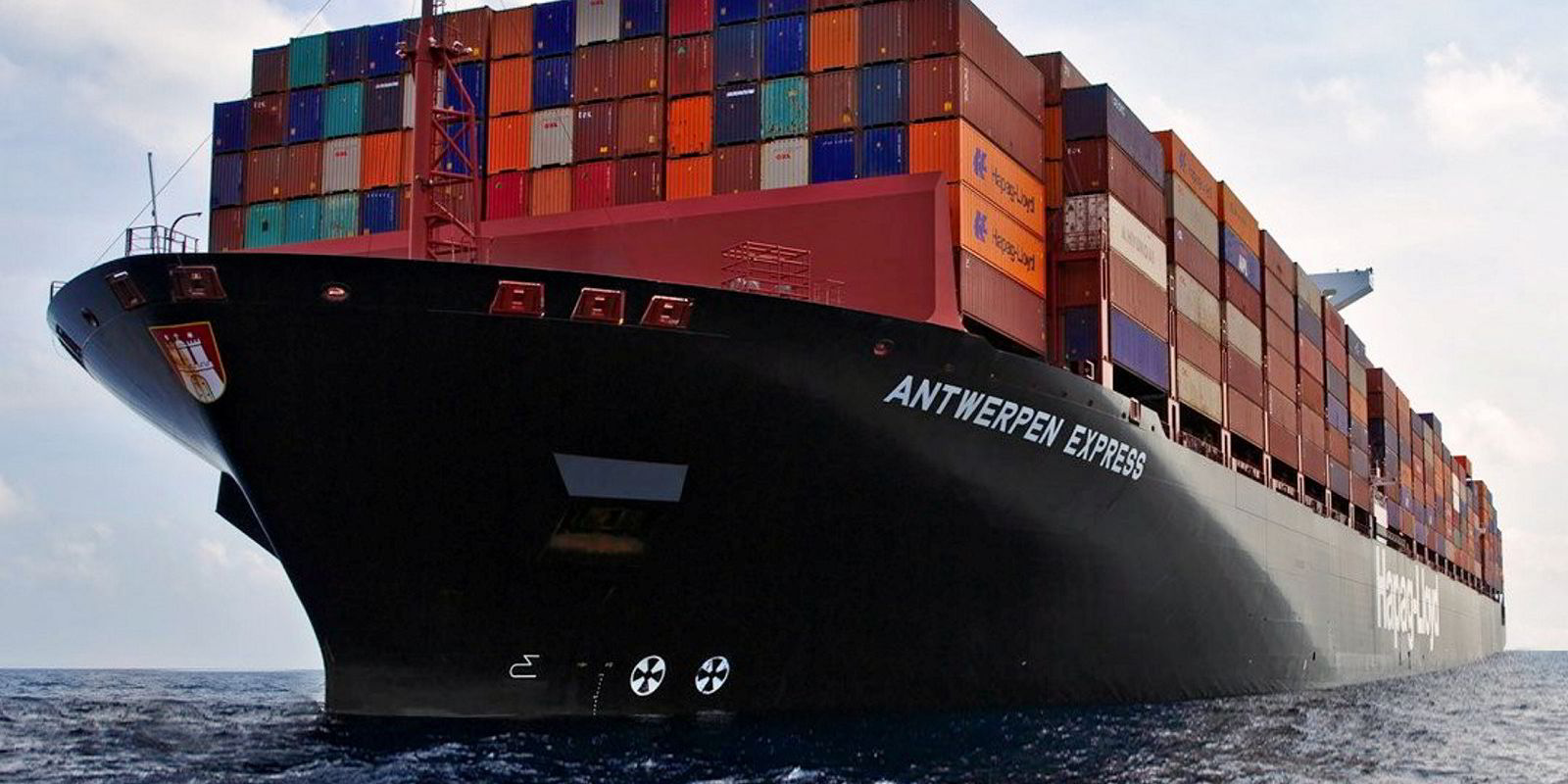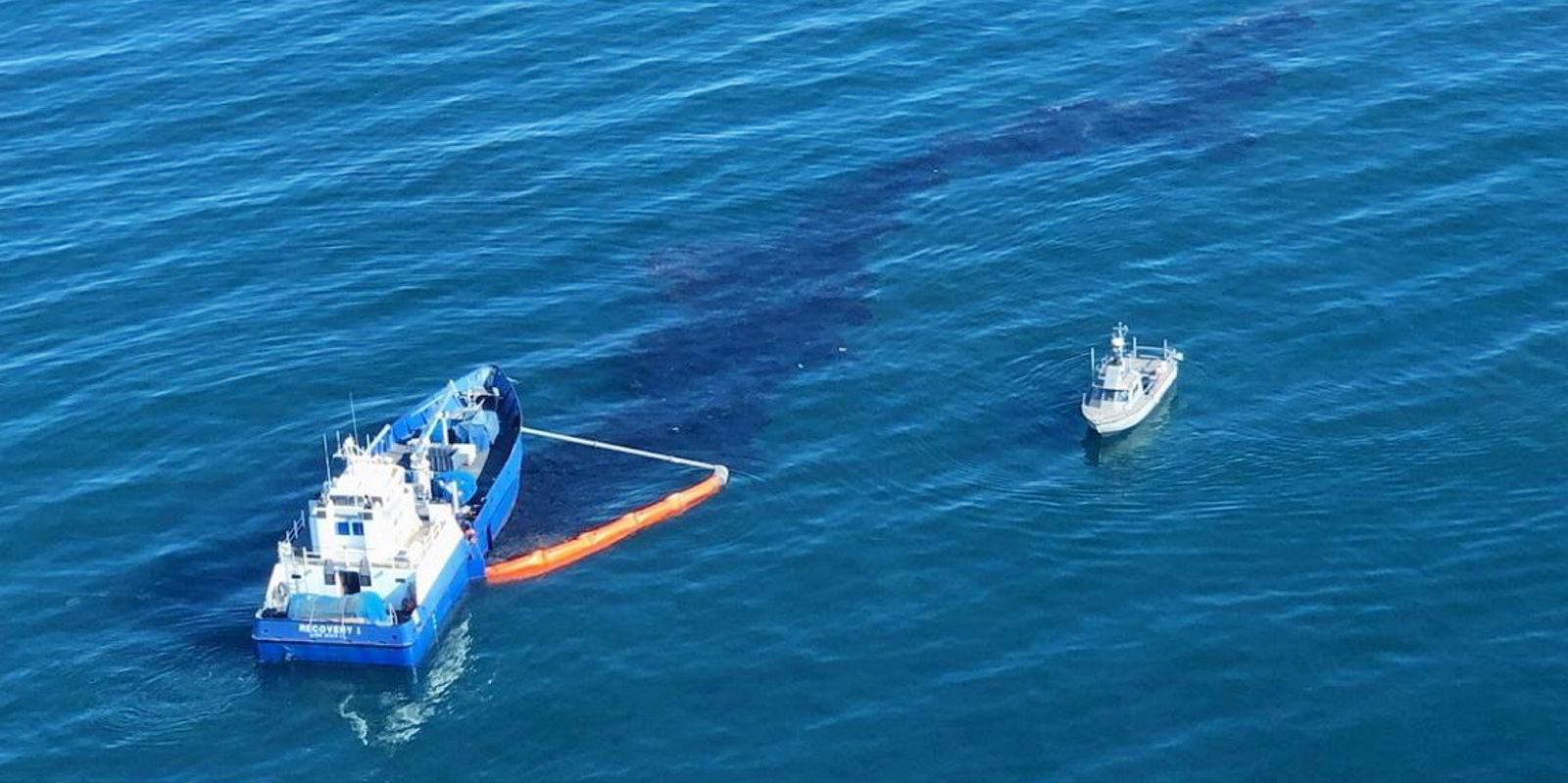The October pullback in container shipping rates does not signal the start of a downtrend, according to a top analyst.
Bloomberg senior transport analyst James Teo said port congestion is likely to persist until the end of the year, which would continue to support rates.
"Container shipping spot rates may stay supported in the near term despite recent softening, because port congestion isn't getting better," he said.
"Contracted freight rates may also trend higher as cargo owners prioritise space allocations for supply-chain resiliency."
Teo said the decline coincided with an easing of the logjam at Los Angeles and Long Beach to about 60 vessels, from more than 70 in September.
"Yet this relief could be short-lived, as port authorities expect more vessels to arrive in San Pedro Bay than those finding berths," he warned.
"The easing could be partly due to diversions to US east coast ports, an option that may not help much going forward as queues build at Savannah and New York-New Jersey."
Teo said ports in Shanghai and Ningbo in China are still clearing a backlog of up to 150 vessels following typhoons and Covid-19 disruptions.
Container liners' revenue could continue to climb into 2022, even though two of the world's top five liners have pledged to cap spot freight rates, as this may be offset by longer contracts with higher rates, according to Teo.
"CMA CGM said the move is meant to prioritise long-term client relationships, suggesting that non-contracted customers could get little to no space allocation going forward," he said.
"This is likely a strategy to drive more shippers to sign long-term contracts with CMA CGM, while sacrificing potential spot rate gains in the short term."
However, he said spot rates could stay elevated, despite Hapag-Lloyd following CMA CGM's approach, as other liner companies may continue catering to both contracted and spot cargoes, offering available space to the highest bidder.
Teo also believes that insufficient trucking capacity in several countries could compound port congestion and contribute to sustained high shipping rates into next year.
"Difficulty in securing drayage is causing containers to be left at ports in Europe and the US longer than usual, with the UK situation particularly acute as Brexit led to a loss of non-local truckers," he said.
"Maersk's ships bound for Felixstowe in the UK are even diverting to other European ports in October due to a lack of terminal space for containers to be unloaded."
In the US, even demographics pose a further threat of future port congestion, as 28% of drivers there will be over 65 years of age in a decade, according to Teo.







